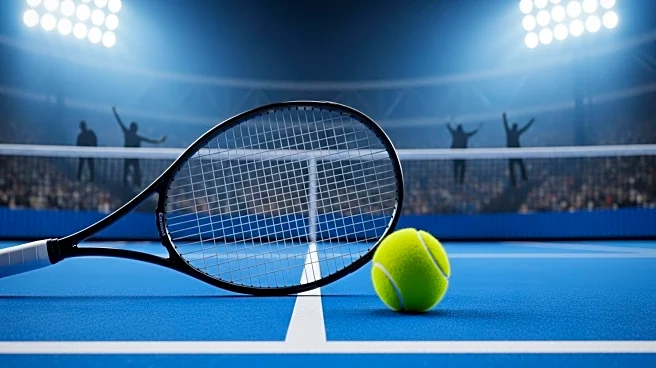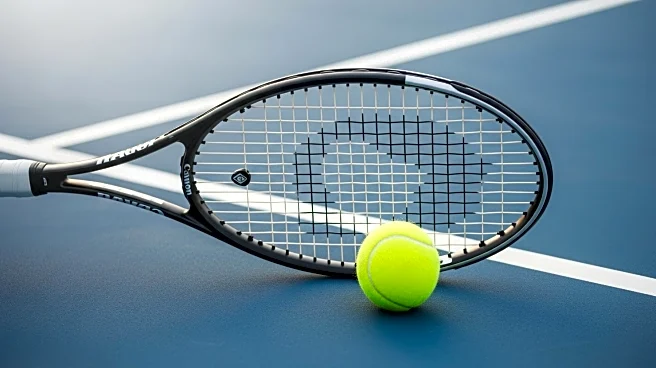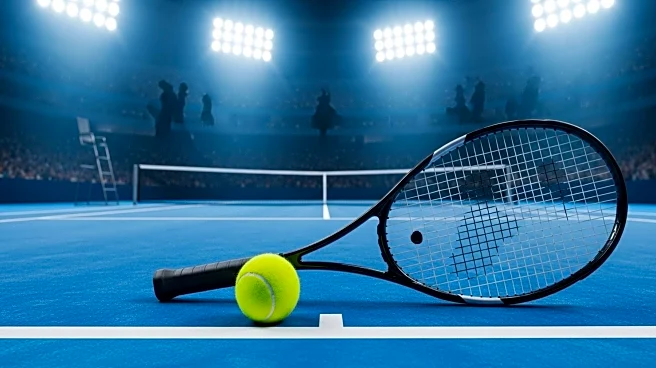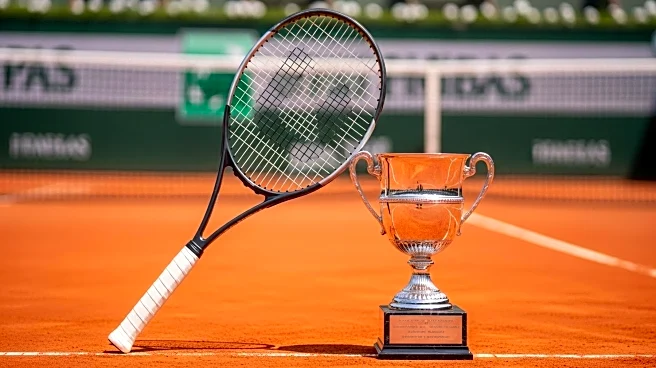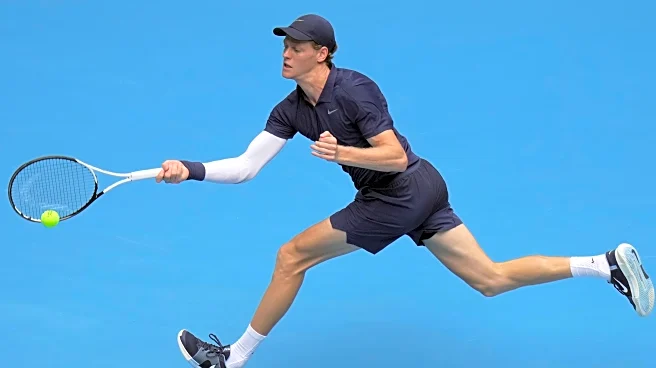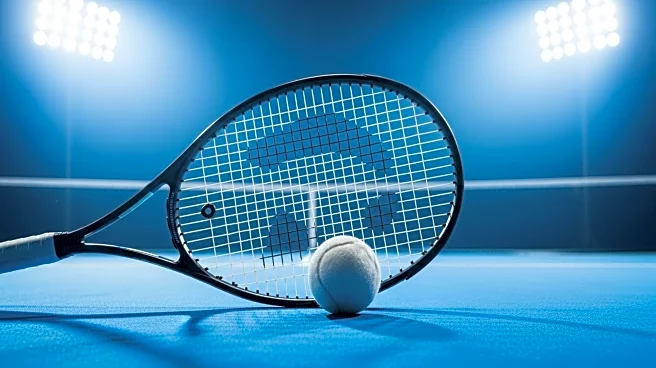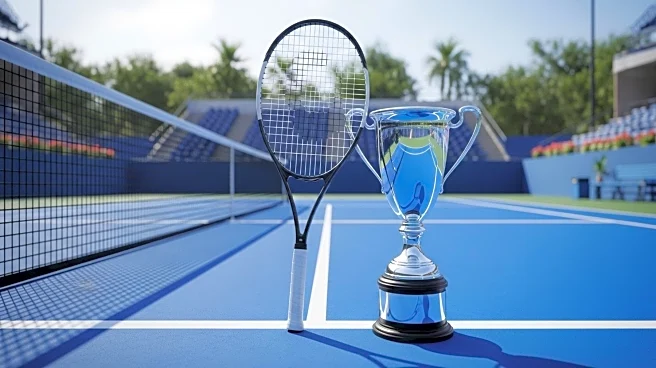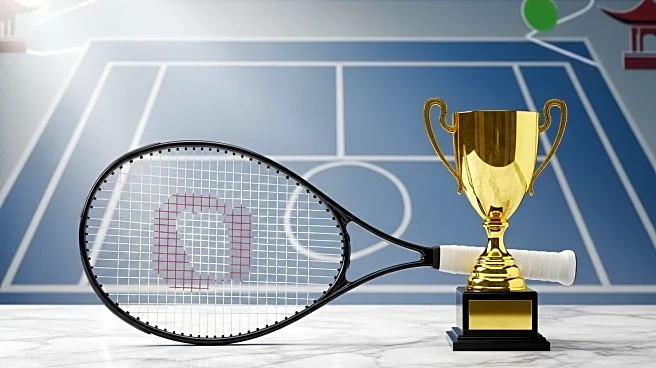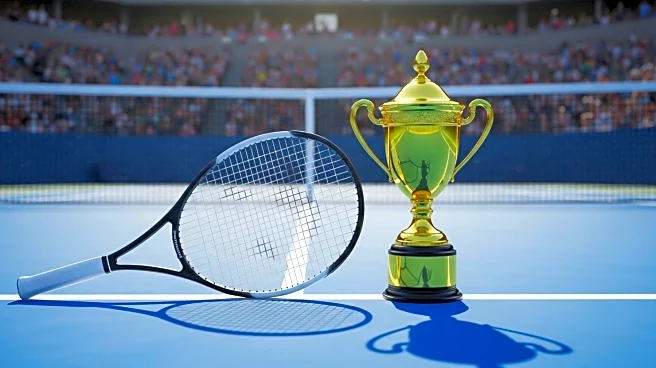What's Happening?
Alexander Zverev, currently ranked world No. 3, has voiced concerns over the perceived favoritism towards top tennis players Carlos Alcaraz and Jannik Sinner. Zverev claims that tournament organizers are deliberately slowing down court surfaces to benefit these players, which he believes diminishes the variety in playing styles. This criticism came after Zverev's victory over Valentin Royer at the Shanghai Masters, where he also dealt with a toe injury. Zverev's comments echo similar sentiments expressed by tennis legend Roger Federer, who has also criticized the uniformity of court speeds across tournaments. Federer, along with other players like Nick Kyrgios, advocates for more diverse playing conditions to challenge players' adaptability and skills across different surfaces.
Why It's Important?
The issue raised by Zverev highlights a broader debate within professional tennis regarding the standardization of court conditions. If courts are consistently tailored to favor certain playing styles, it could potentially limit the diversity and unpredictability that make the sport exciting. This could impact the competitive balance, as players who excel on faster surfaces may find themselves at a disadvantage. The discussion also touches on the commercial aspects of tennis, as tournament organizers might prioritize the success of popular players to attract viewership and sponsorships. This situation could lead to a reevaluation of how tournaments are structured and the criteria used to set court conditions.
What's Next?
The ATP and tournament organizers may face increased pressure to address these concerns and ensure a fair playing field for all competitors. Stakeholders, including players, coaches, and sponsors, might engage in discussions to explore potential changes in court preparation practices. The ongoing dialogue could lead to adjustments in how court speeds are determined, possibly introducing more variability to enhance the sport's competitive nature. Additionally, player feedback could influence future tournament policies, potentially leading to a more balanced approach that accommodates different playing styles.
Beyond the Headlines
The debate over court conditions also raises questions about the role of tradition versus innovation in tennis. As the sport evolves, balancing historical playing styles with modern demands becomes crucial. This situation could prompt a broader conversation about how tennis can maintain its integrity while adapting to new challenges. Furthermore, the issue underscores the influence of high-profile players in shaping the sport's direction, as their opinions often carry significant weight in public and organizational discussions.

